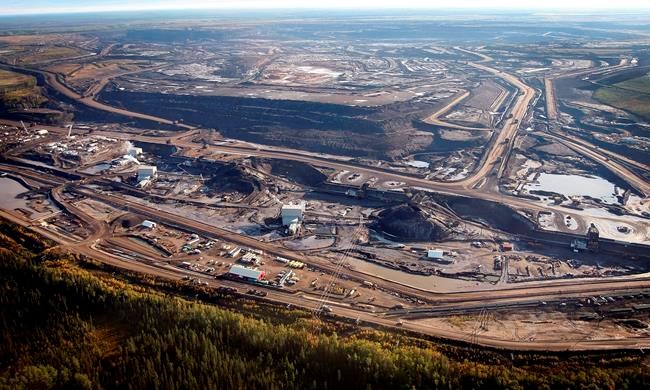CALGARY — When Dan Gallagher looks around his company, he sees a lot of retirement parties in his future.
While it's not something he formally tracks, the CEO of Mikisew Group — a Fort McMurray, Alta.-based company that specializes in oilsands site services, maintenance, logistics and construction — knows he's got more employees approaching the end of their careers than just starting out.
“I take a walk around our shop, and around our field services workforce, and I can clearly see that demographic. It's aging," Gallagher said.
The implications of that make him nervous.
Mikisew Group is already struggling with a shortage of labour, even recruiting as far away as Australia just to keep its fleet of heavy equipment moving. And basic demographics suggest the company's problem is set to get worse, not better.
"The ratio of apprentice to older worker here has been so low for so long that there just isn’t the bench strength to offset the people who are leaving," Gallagher says.
For years, experts have been warning of a looming wave of retirements as baby boomers — those born between 1946 and 1964 and Canada's largest generation by size — grow older and start to exit the work force en masse.
This country's labour force growth rate has been trending downward since 2000, but the trend has intensified in recent years. This "grey wave" has been on the horizon for a while, but experts say it's now crashing ashore.
According to Statistics Canada, between 2016 and 2021 more than 1.4 million Canadians entered the ranks of those aged 55 and older.
Last year alone, one in five Canadians of working age were aged 55 to 64 — an all-time high in the history of the Canadian census.
“It’s like a truck pulling up in your rear-view mirror. You see it there, and it’s moving slowly, and then you look away for a while and suddenly it’s completely on your tail," said Mike Holden, chief economist for the Business Council of Alberta.
The arrival of the grey wave is occurring at the same time that businesses of every size, in every industry, and in every province are complaining of labour shortages. As of the second quarter of 2022, there were more than a million vacant jobs in Canada — the highest quarterly number on record.
That's not a coincidence. While the COVID-19 pandemic did disrupt labour markets, it has borne a lot of the blame for ongoing labour shortages.
But Canada's labour force participation rate is currently only slightly below where it was pre-pandemic. In fact, young and middle-aged Canadians have returned to the workforce at levels either close to or well above that observed in 2019, a Scotiabank report points out.
The same report says the decline in overall workforce participation that does exist is entirely due to Canadians aged 60 and above exiting the workforce. That means the real root of the current problem is Canada's aging population, and it has broad implications for the country's economy.
“I think the most important thing that gets overlooked is, what are the consequences of these labour challenges?" says Patrick Gill, senior director with the Canadian Chamber of Commerce's business data lab.
He points out that around one in three Canadian businesses (36 per cent) already report they are currently facing a shortage of labour. That figure climbs to about 45 per cent within the manufacturing and construction industries and 58 per cent in the food and accommodation sector.
"It translates to everyone working more hours, and that ultimately affects quality of life. It means slower growth, and it's also a factor in supply chain delays.”
Concerned business groups have proposed a number of possible solutions to the looming demographic crisis, from boosting immigration levels to finding ways to retain older Canadians in the workforce for longer. (Some observers have even suggested the government should increase the age for Old Age Security, partly in order to discourage early retirement).
But even a significant increase in immigration won't be enough to halt the coming tide, says Rafael Gomez, director of the University of Toronto's Centre for Industrial Relations and Human Resources.
The last of Canada's baby boom generation will turn 65 in 2030, and once this cohort is out of the workforce entirely, the working age population — those aged 15 to 64 — will make up a smaller proportion of the overall Canadian population.
"This was always going to bite us," Gomez says. "Demographic trends are not easy to shift in a short-term way. In fact, it’s true that for 20 years we’re going to see a decline (in the labour force)."
While governments should employ every policy lever at their disposal to address labour shortages, Gomez says, employers also need to accept the fact that the challenges they're having right now filling vacancies are not going to go away.
“It is your new normal. And even if the economy goes in the tank, it’s not going to change the labour conditions," he says.
"We are entering a time where we are going to have a younger workforce — doing more, being asked to do more, being bidded for and competed for," Gomez adds.
"Labour is going to be very difficult to find and employers are going to have to work hard to attract employees."
This report by The Canadian Press was first published Dec. 11, 2022.
Amanda Stephenson, The Canadian Press



